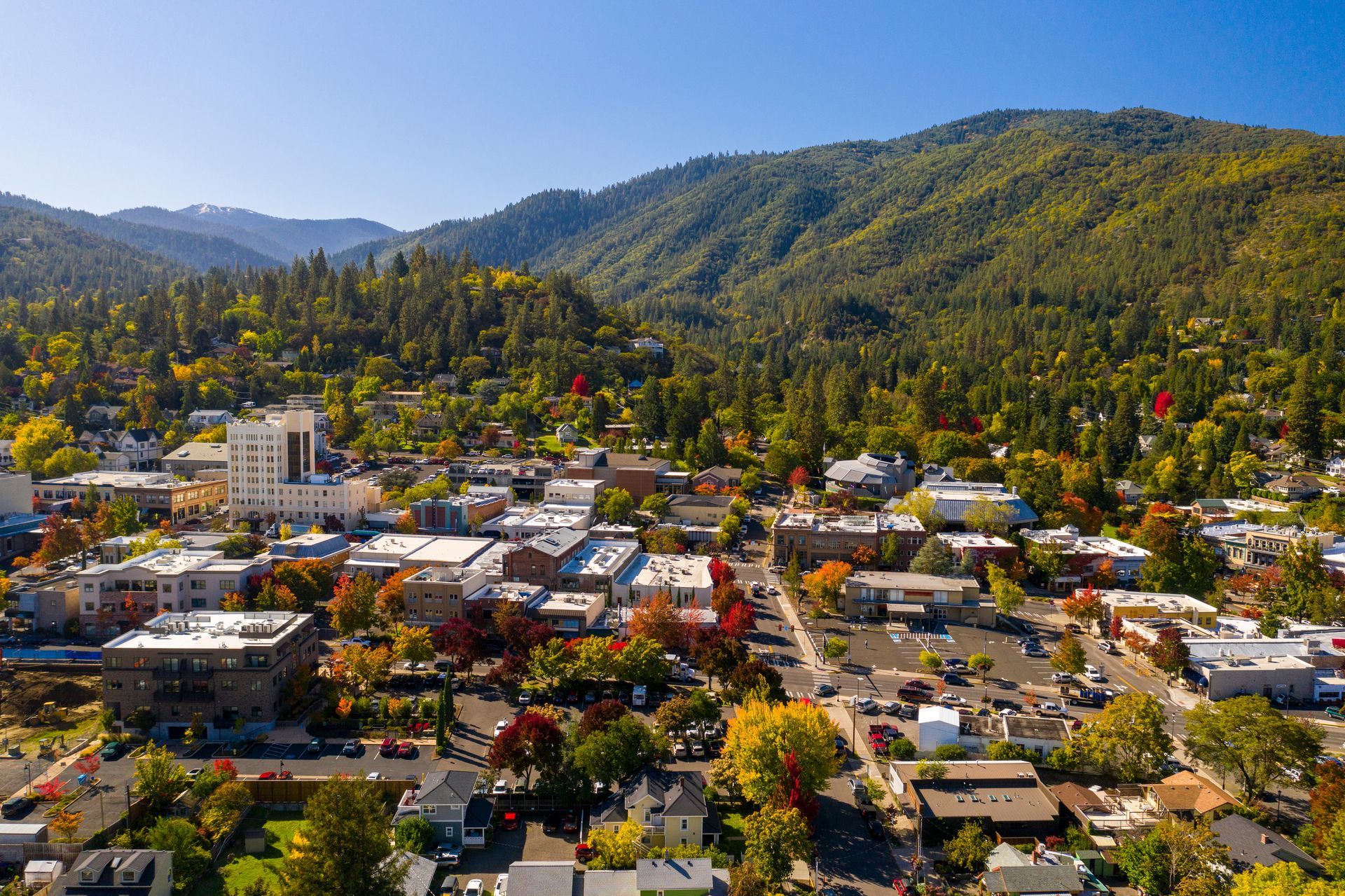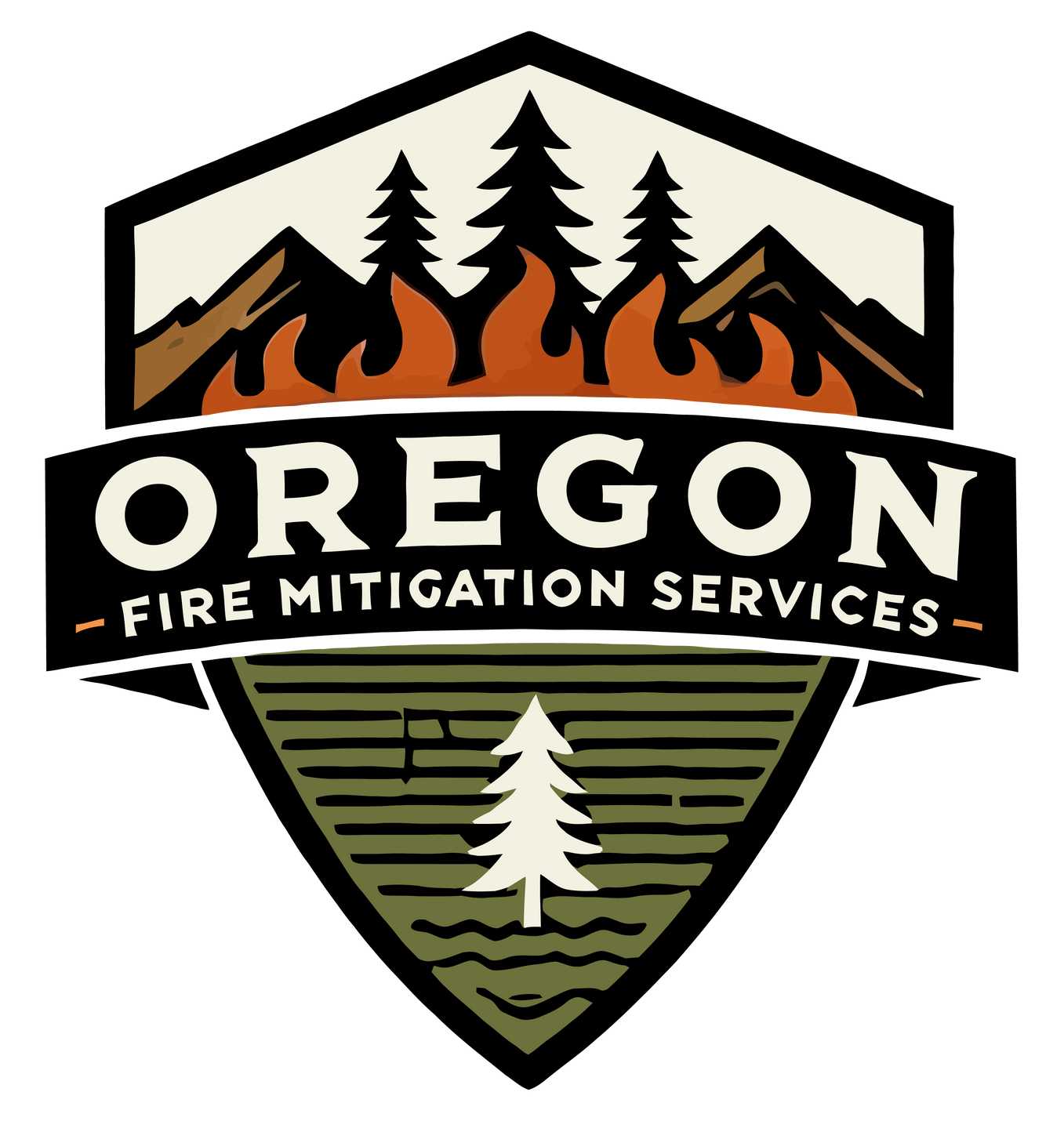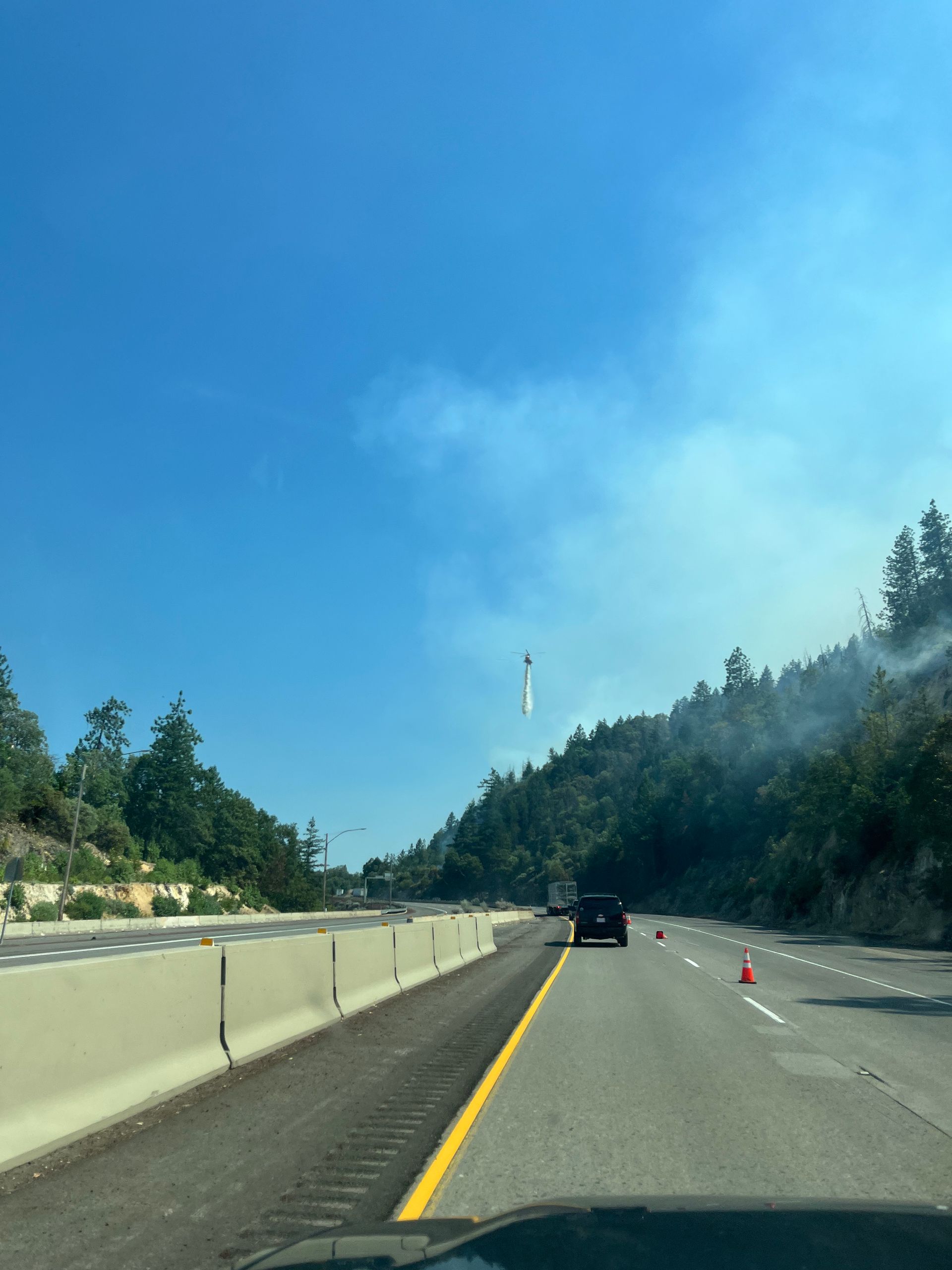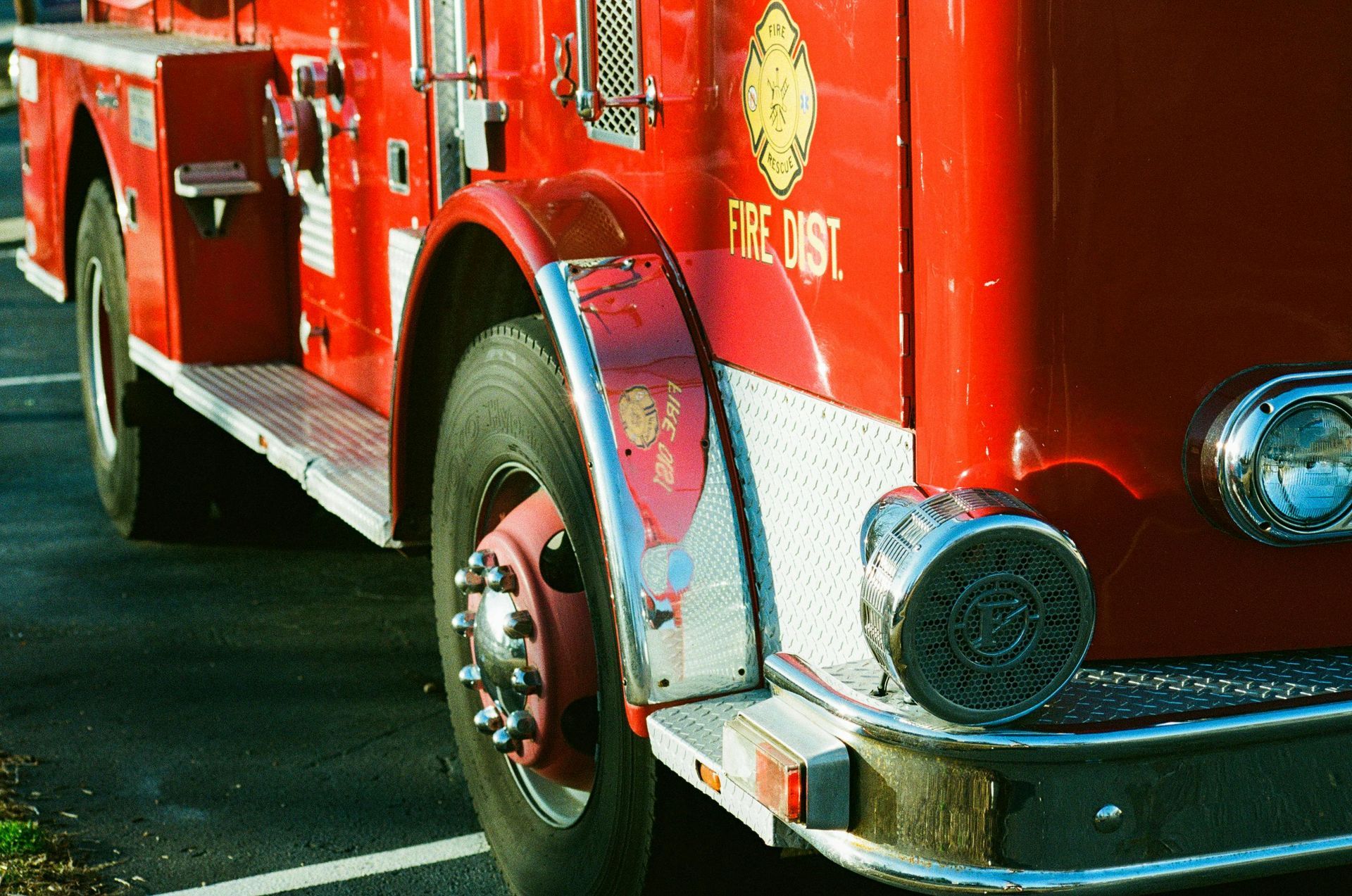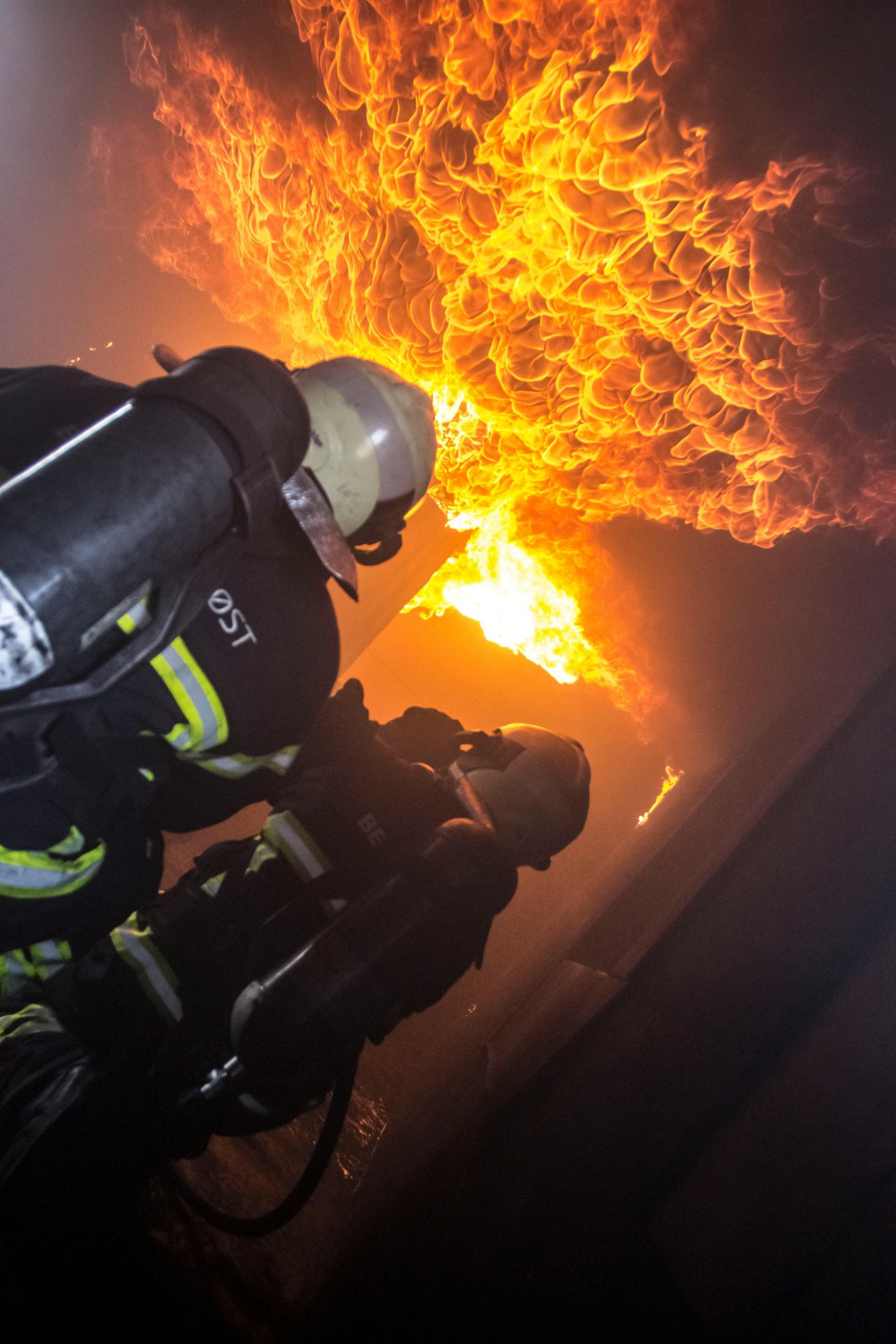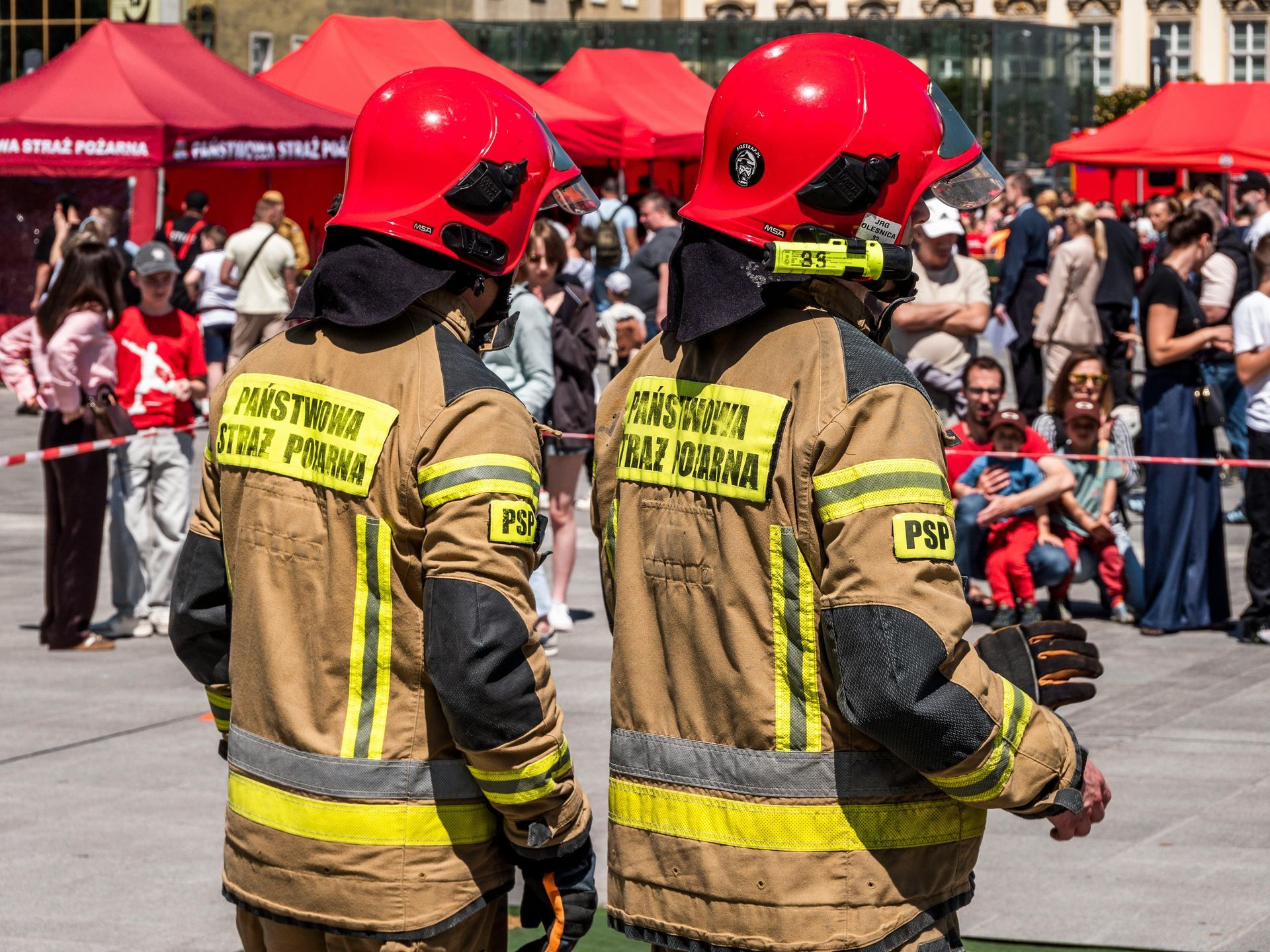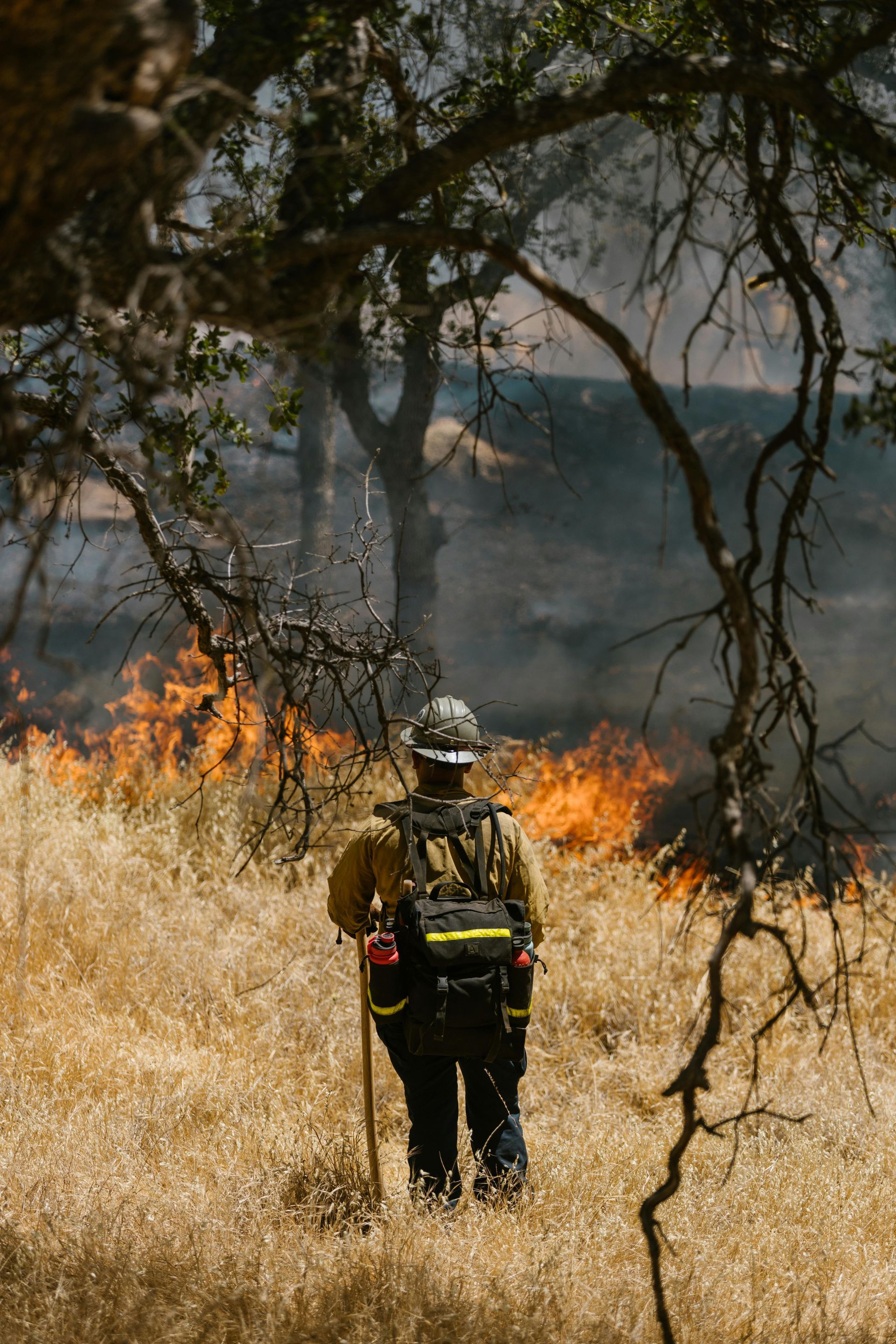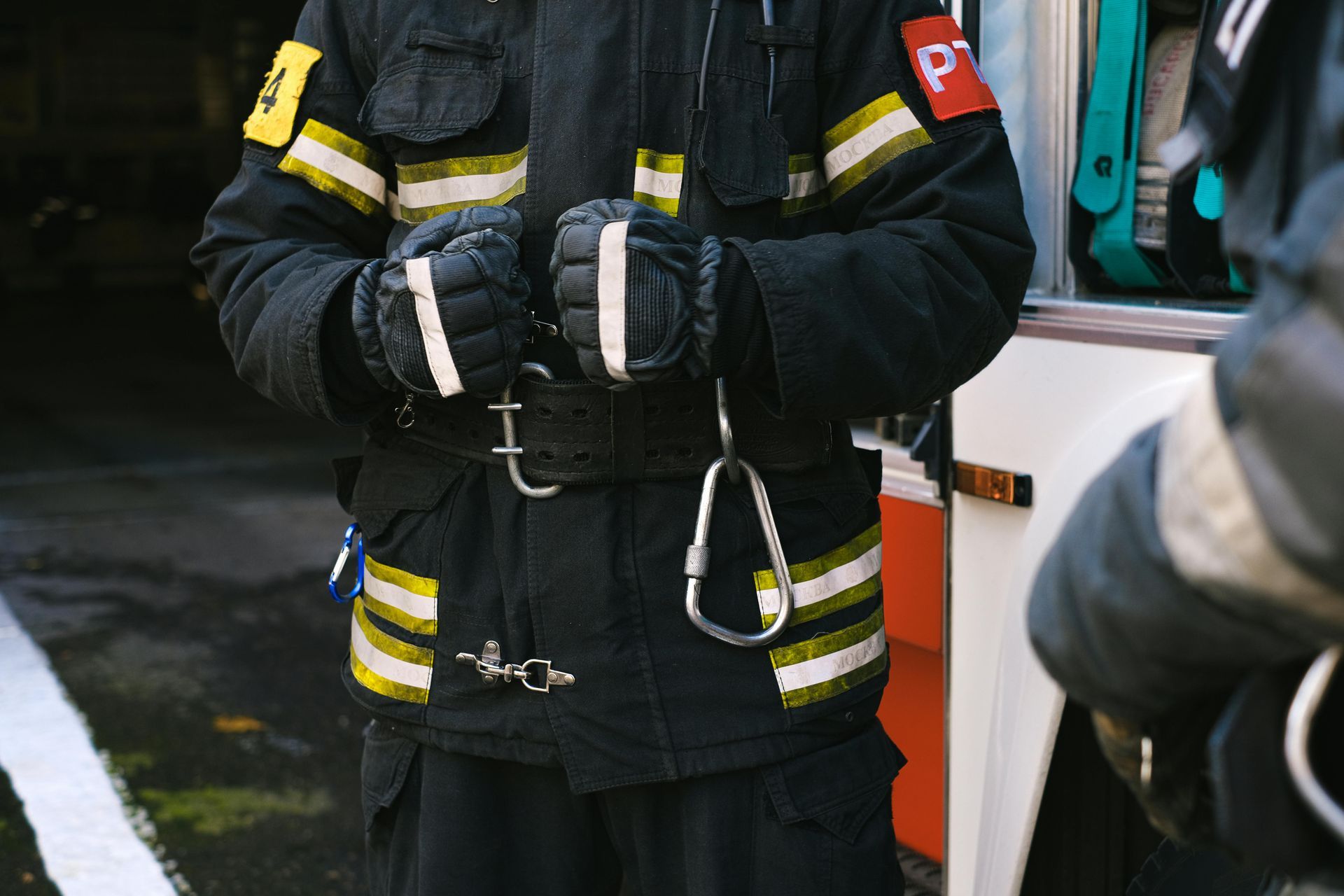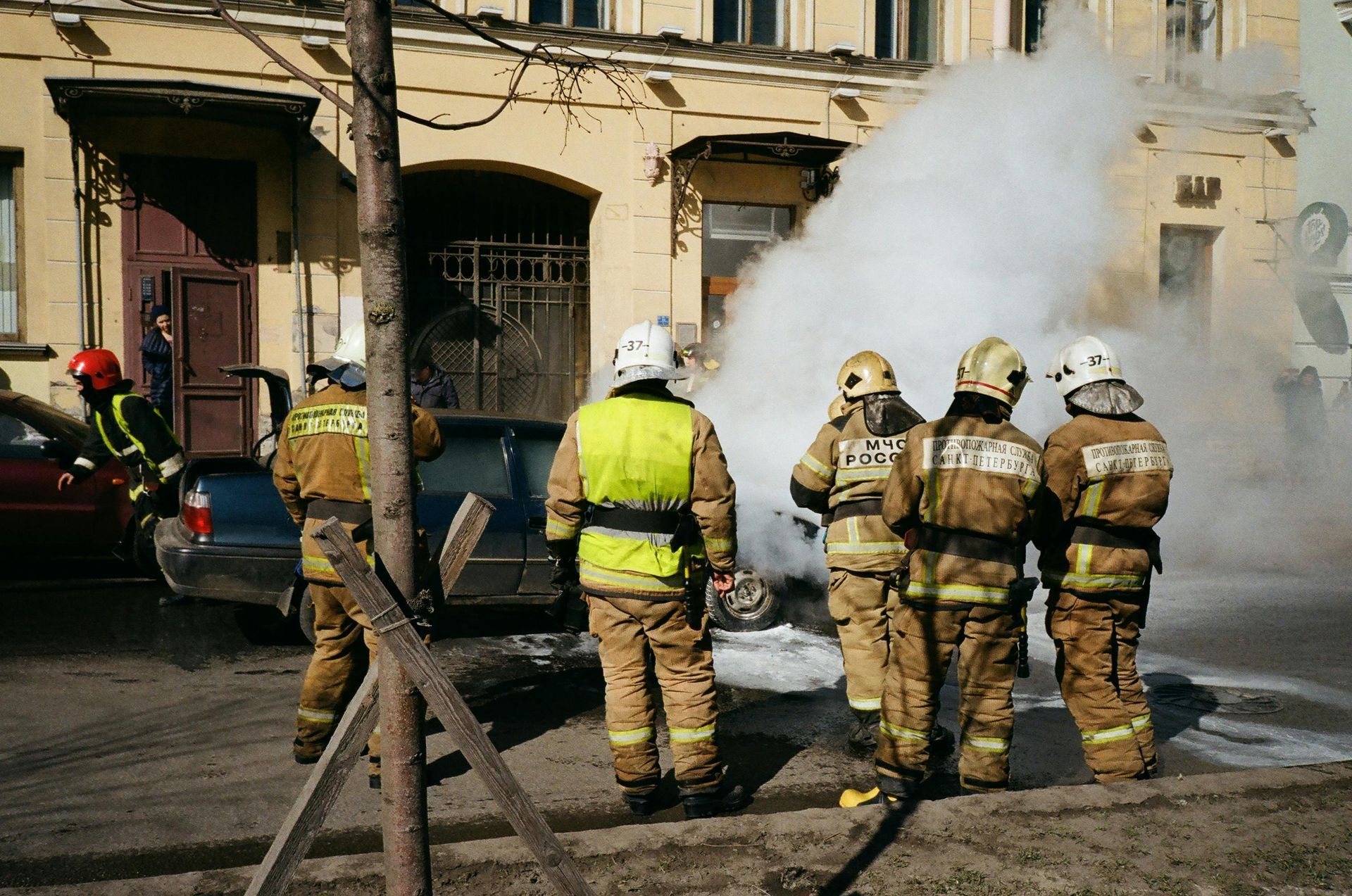Fire Safety Tip #5: Fire-Resistant Plant Choices & Landscaping for the 30–100 ft Zone
Fire Safety Tip #5:
Fire-Resistant Plant Choices & Landscaping for the 30–100 ft Zone
Why the 30–100 ft Zone Matters
The 30–100 foot zone around a home is a critical buffer for wildfire mitigation. This area slows the spread of flames, reduces fire intensity, and gives firefighters a safer space to defend structures. Strategic plant selection and landscape design in this zone are essential steps for creating effective defensible space.
Best Plant Choices for Wildfire-Resistant Landscaping
Fire-resistant plants are those that retain moisture, have low resin or sap content, and are easy to maintain. Choosing the right plants can significantly reduce the risk of fire spreading toward your home.
1. Succulents
Why Succulents?
Succulents like sedum, agave, and hens-and-chicks are naturally fire-resistant because they store water in their leaves. This high moisture content makes them less likely to ignite during a wildfire.
Examples:
Sedum (Stonecrop)
Agave
Sempervivum (Hens-and-Chicks)
Aloe
Succulents work well as ground covers, borders, or accent plantings throughout the defensible space.
2. Low-Growing, Moisture-Rich Plants
Examples:
Yarrow
California Fuchsia
Daylilies
Coreopsis
Lavender (when kept pruned and spaced)
These plants are less likely to catch fire and are easy to maintain. Avoid dense, resinous shrubs like juniper and pine, which are highly flammable.
3. Well-Spaced Shrubs
Guidelines:
Choose shrubs with high moisture content.
Plant in small groups—no more than 3 together or 10 feet wide per group.
Space groups at least 10 feet apart.
Good Options:
Oregon Grape
Compact Manzanita
Mock Orange
Landscape Design Principles for the 30–100 ft Zone
- Break Up Fuel Paths
Space trees and shrubs to prevent fire from “laddering” up into the canopy or moving directly toward structures.
Maintain at least 10 feet of space between tree canopies. - Keep It Clean
Routinely clear leaves, pine needles, and dead plant material.
Remove dead branches and prune trees so no limbs are within 6 feet of the ground. - Use Hardscape Elements
Incorporate gravel paths, stone walls, and patios to create firebreaks and visually appealing, low-maintenance zones. - Avoid Woody Mulch
Do not use wood chips or bark mulch in this zone instead, opt for gravel, river rock, or decomposed granite. - Group and Isolate Plantings
Plant in small, separated clusters rather than continuous hedges.
Keep larger plants and structures (like sheds or playsets) at least 10 feet apart.
Succulents: The Unsung Heroes of Fire-Resistant Landscaping
Succulents are not only drought-tolerant but also highly effective for wildfire preparedness. Their thick, water-filled leaves act as a natural fire barrier, making them a practical and attractive choice for defensible space landscaping. Use succulents in borders, rock gardens, or as ground cover to enhance both the safety and beauty of your property.
Succulents: The Unsung Heroes of Fire-Resistant Landscaping
The 30–100 ft zone is essential for wildfire mitigation.
Choose fire-resistant plants such as succulents, yarrow, and mock orange.
Design your landscape to break up fuel paths and maintain clean, well-spaced plantings.
Use hardscape features and avoid flammable mulches.
Succulents offer both fire safety and visual appeal.
By following these guidelines, property owners can make a significant impact on wildfire preparedness and defensible space effectiveness.
